Self-Cleaning Ovens: Are They Worth It?
Scrubbing a greasy oven is nobody’s idea of fun. That’s why self-cleaning ovens are so appealing — less elbow grease, no harsh chemicals, and a sparkling oven with minimal effort. But are they really worth the extra cost for your kitchen and your energy bills?
In this guide, we’ll break down how the three main systems work — pyrolytic Super-heats the oven to turn grease and food residue into ash. , catalytic liners Special panels that absorb and break down grease during normal cooking. , and steam/eco-clean — plus their pros, cons, and who should (or shouldn’t) invest in one.
What you’ll learn
- What a self-cleaning oven is and how each method works.
- The real-world benefits and drawbacks.
- Who should buy one — and who shouldn’t.
- Smart alternatives if you decide against it.
What is a Self-Cleaning Oven?
A self-cleaning oven is designed to reduce the time and effort needed to keep your appliance spotless. Unlike standard ovens, these models use built-in technology to remove grease, food splatters, and burnt-on residue without the need for harsh chemicals.
There are three main types, each using a different cleaning method:
- Pyrolytic Heats the oven to very high temperatures to turn grease into ash. – the most thorough option, using high heat to burn residue away.
- Catalytic liners Special oven panels that absorb and break down grease during cooking. – low-maintenance liners that work continuously during normal cooking.
- Steam / Eco-clean – a water-based cleaning cycle that softens grease and food, making it easier to wipe away.

Types of Self-Cleaning Ovens Explained
There are three main approaches to self-cleaning ovens: pyrolyticSuper-heats the cavity to carbonise residue into ash., catalytic linersPorous panels that absorb and break down grease during normal cooking., and steam / eco-clean. Use the comparison below to see which suits your cooking habits, energy use, and maintenance preferences.
| Type | Cleaning method | Best for | Effort required | Cycle time | Energy use | Heat / odour | Ongoing maintenance | Main downsides | Overall effectiveness |
|---|---|---|---|---|---|---|---|---|---|
| Pyrolytic | Heats to very high temps to turn residue into ash; wipe when cool. | Busy kitchens wanting a deep clean with minimal scrubbing. | Very low (post-cycle wipe only). | Typically 2–4 hours (plus cool-down). | Higher per cycle vs other methods. | High heat; some odour from burnt residues (well-ventilated room advised). | None routine (check door seal; empty trays/racks per manual). | Long cycle, uses more energy, can’t run while cooking. | ★★★★★ Deepest clean. |
| Catalytic liners | Grease absorbed/oxidised by liners during normal cooking heat. | Everyday cooks who want low maintenance. | Low (occasional manual wipe of non-lined areas). | No dedicated cycle; works over time. | Low (piggybacks on cooking heat). | Low heat spikes only; minimal odour. | Panels may need replacing after heavy use years down the line. | Can miss heavy, sugary, or corners/doors. | ★★★☆☆ Good day-to-day upkeep. |
| Steam / Eco-clean | Water creates steam to soften grime for easier wipe-down. | Light users and quick refreshes between cooks. | Moderate (you still wipe afterwards). | Short (often 15–40 minutes). | Very low. | Low heat; minimal odour. | Keep running water cycle; empty and dry after use. | Not as effective on baked-on carbon. | ★★☆☆☆ Best for light soils. |
Pros and Cons of Self-Cleaning Ovens
Like most kitchen appliances, self-cleaning ovens have clear advantages and some trade-offs. Use the table below to weigh up whether the benefits align with your cooking habits and household needs.
| Pros | Cons |
|---|---|
| Saves time and effort compared to manual scrubbing. | Higher upfront cost than standard ovens. |
| No need for harsh cleaning chemicals. | Pyrolytic cycles can use significant energy. |
| Deep cleaning keeps the oven hygienic and odour-free. | High heat can produce odours or smoke from burnt residues. |
| Convenient for busy households and frequent cooks. | Cleaning cycles can take 2–4 hours (pyrolytic). |
| Less wear and tear from manual scrubbing. | Catalytic liners may need replacing after years of heavy use. |
Are Self-Cleaning Ovens Safe?
Safety is often the biggest concern with self-cleaning ovens, particularly with pyrolyticA cleaning cycle that heats the oven to extreme temperatures to burn residue into ash. models, which reach very high temperatures. Modern designs include several features to keep users safe, but there are still factors to be aware of.
- Auto-locking doors: Prevents accidental opening during high-heat cycles.
- Ventilation: Some smoke or odours may be produced as residues burn away; good airflow is recommended.
- Energy and heat: Pyrolytic cycles use more electricity and generate heat — the kitchen may feel warmer.
- Pets and children: Keep them out of the kitchen during a cycle, as external panels may get hot.
- Fume concerns: While modern ovens are tested for safety, burnt residues can release odours that may irritate sensitive users.
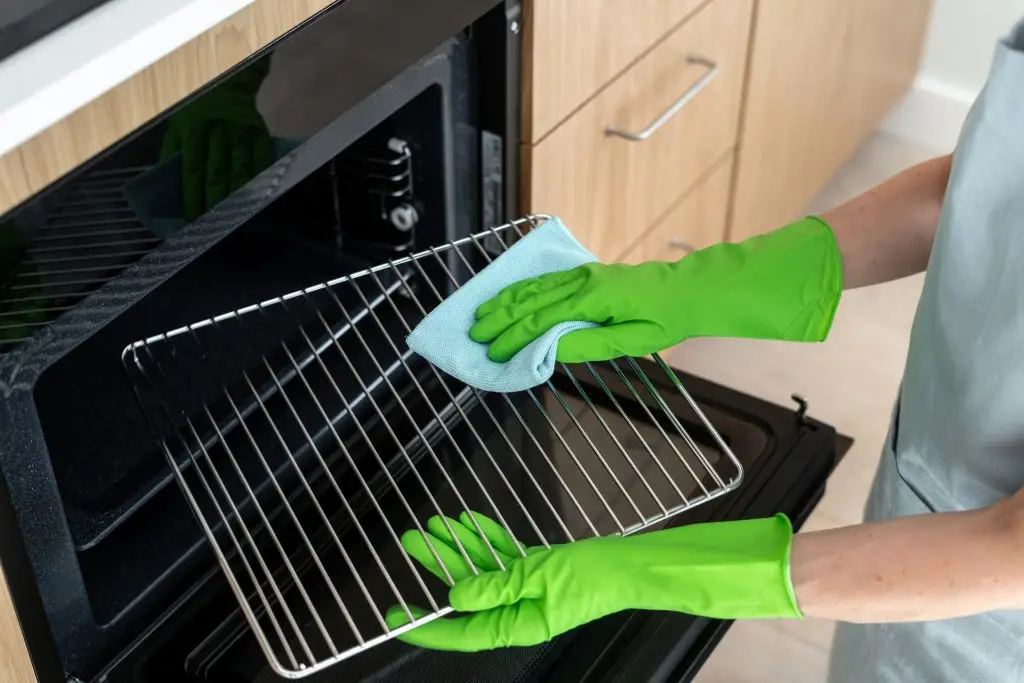
Cost & Energy Efficiency
A self-cleaning oven usually costs more than a standard model, but the extra investment can pay off if you value convenience and hygiene. Beyond the purchase price, it’s worth considering the energy used during cleaning cycles.
- Upfront cost: Expect to pay more for ovens with pyrolytic or catalytic cleaning systems.
- Running costs: A pyrolytic clean can use as much energy as running the oven for several hours. Steam cycles use much less.
- Long-term value: Less need for chemical cleaners and less scrubbing can make the extra spend worthwhile.
Tips for Cleaning Oven Racks Safely
- Let racks cool completely before cleaning.
- If using a dishwasher, place racks on the lower rack only and avoid stacking.
- Use a mild detergent and skip the heated drying cycle to reduce wear.
- Dry racks thoroughly to prevent rust.
Conclusion
So, can oven racks go in the dishwasher? Yes—if they’re the right type and your manufacturer gives the green light. But for coated or delicate racks, manual cleaning is your safest bet. Either way, regular cleaning keeps your oven performing well and your food tasting great.
Frequently Asked Questions
Can dishwasher tablets clean oven racks?
Yes, you can soak racks in hot water with a tablet dissolved in it—it helps break down grease.
Can I leave the racks in during a self-cleaning cycle?
Not recommended. High heat can discolour or warp them unless your manual says otherwise.
What’s the easiest way to clean oven racks?
Soaking in the bath overnight with baking soda and vinegar is an effective, low-effort method.
- All Posts
- Cooker Hood Guides & Advice
- Dishwasher Guides & Advice
- General Appliance Guides & Advice
- Hob Guides & Advice
- Laundry Guides & Advice
- Microwave Guides & Advice
- Oven Guides & Advice
- Wine Cooler Guides & Advice
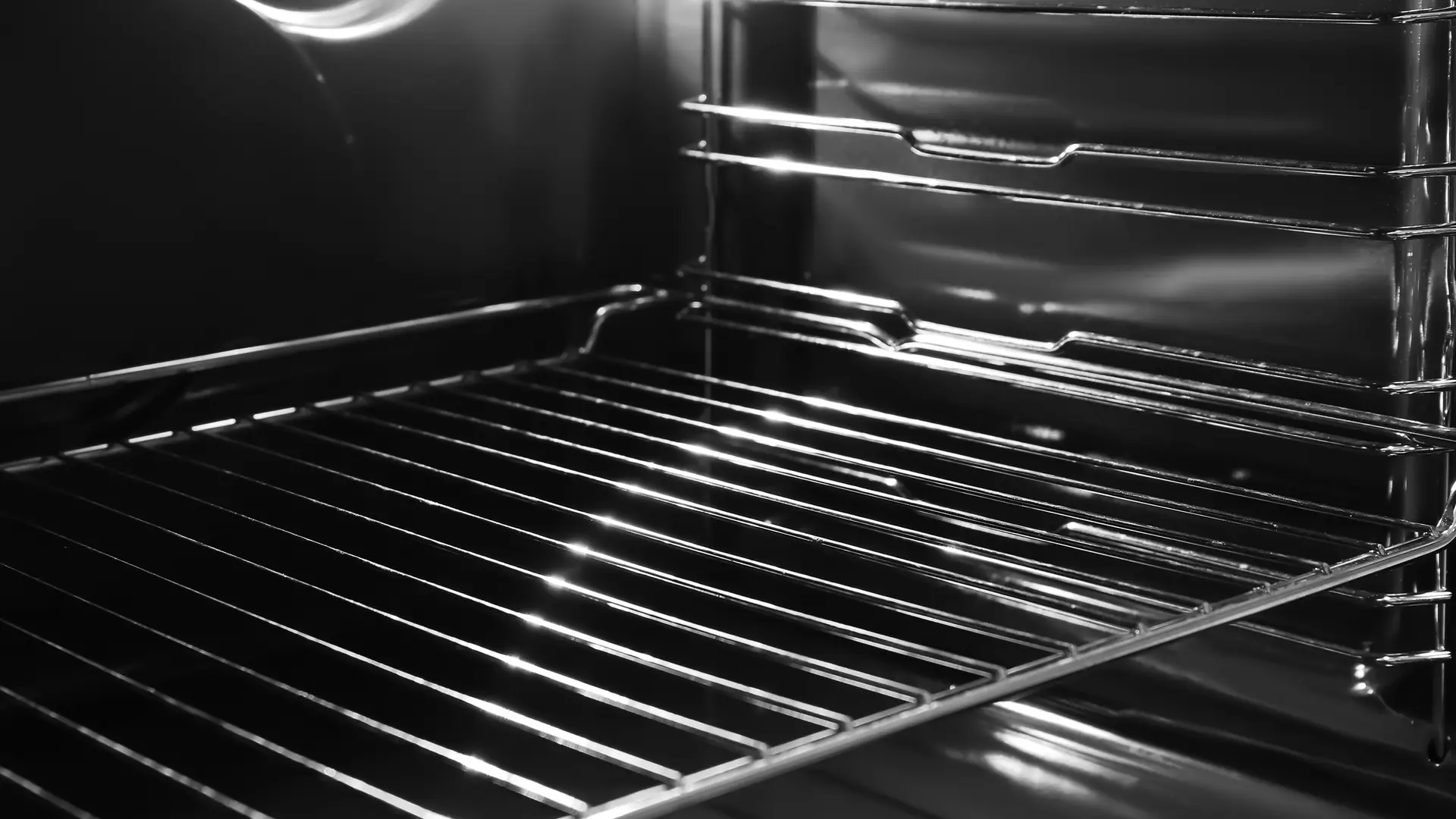
Thinking of buying a self-cleaning oven? Discover how pyrolytic, catalytic & steam-clean ovens work, their pros and cons, and whether...

Discover how smart kitchen appliances save time, energy and money. Learn the real benefits of a connected kitchen. Explore modern...
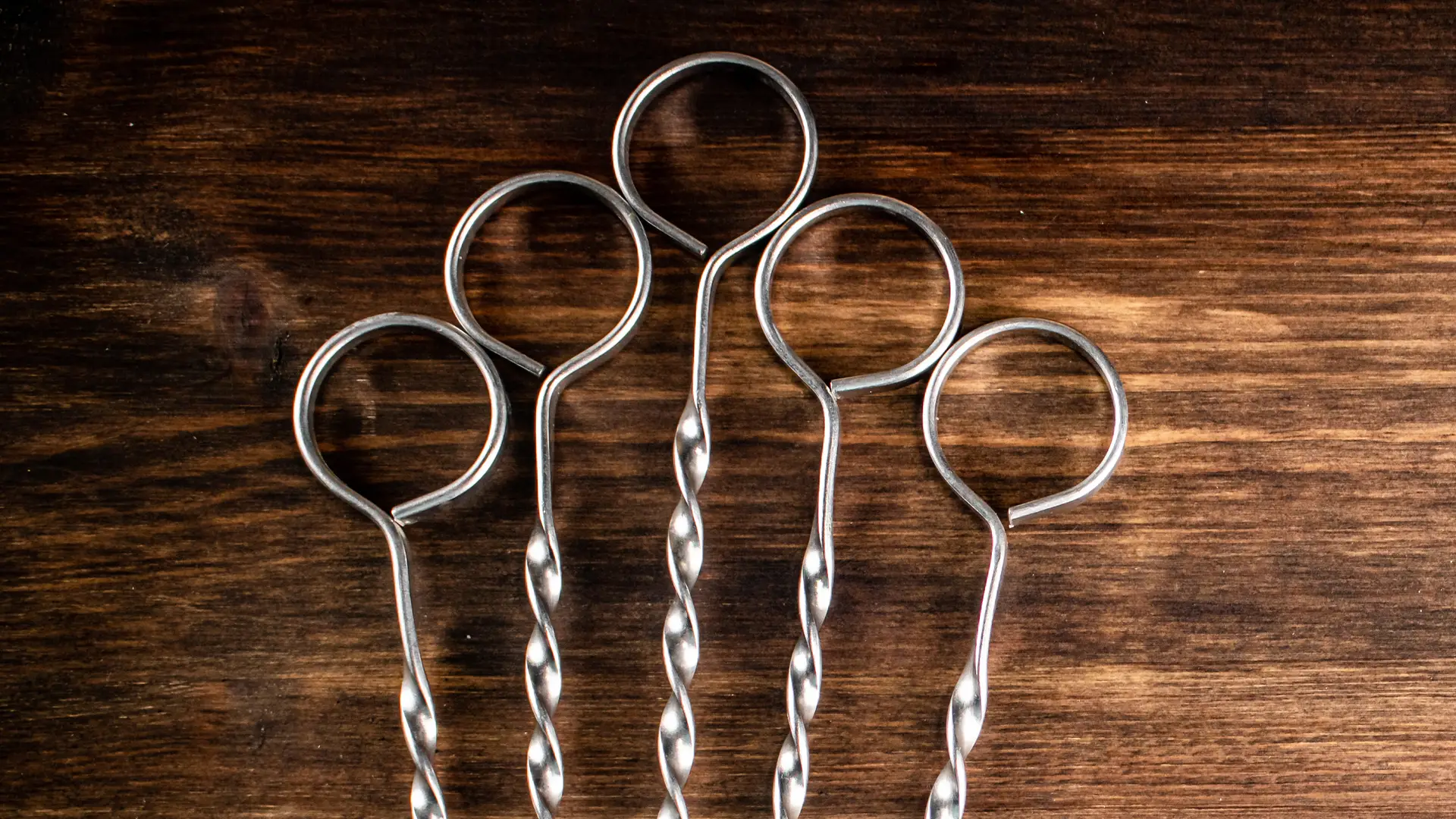
Find out when it’s safe to use metal racks or skewers in your microwave grill — and what can cause...

Discover simple tips to stop your washing machine smelling musty. Keep it clean, fresh, and efficient — follow our quick...
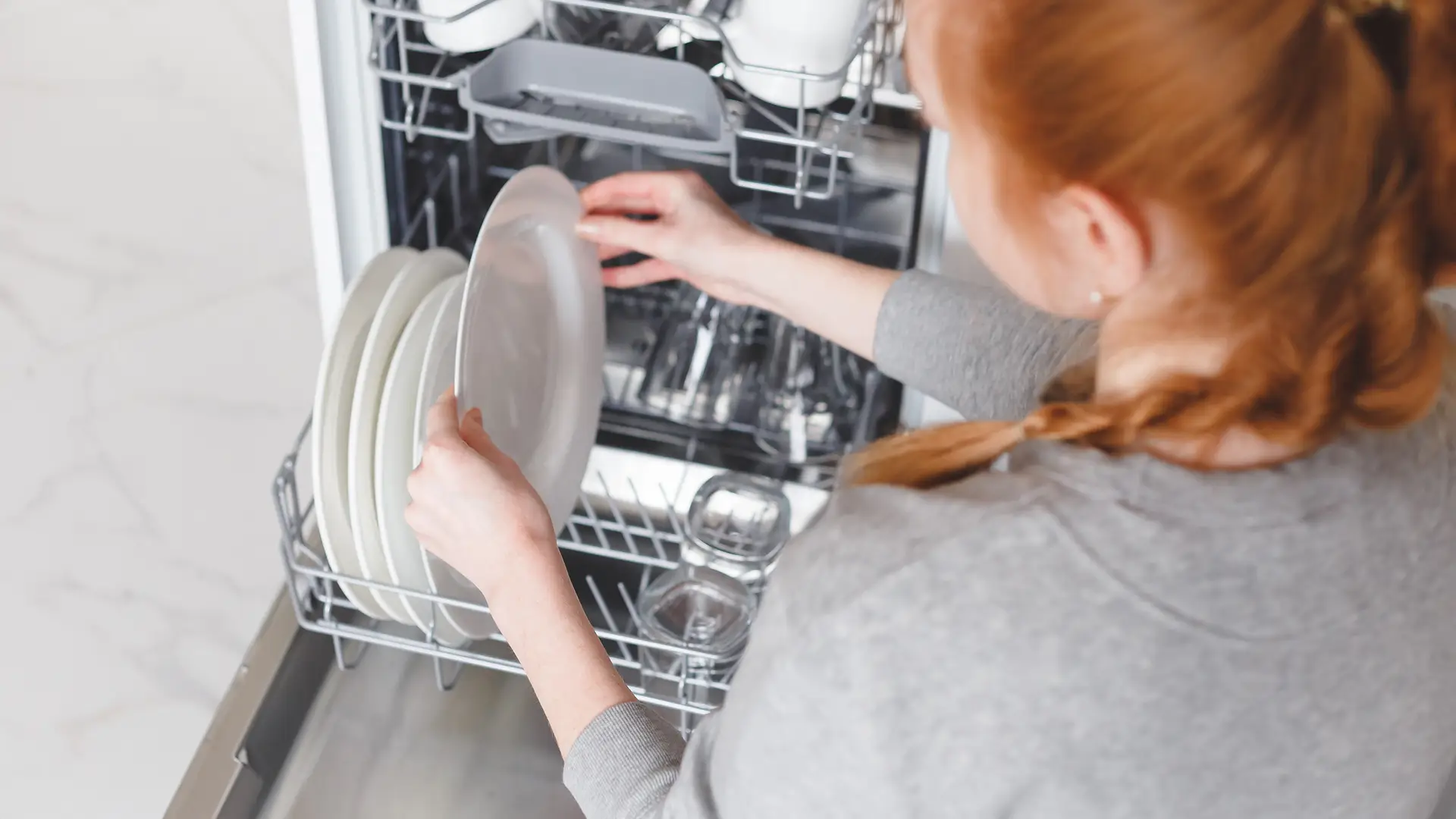
Discover which dishwasher cycles save the most energy. Learn how Eco and Auto modes reduce costs while keeping your dishes...
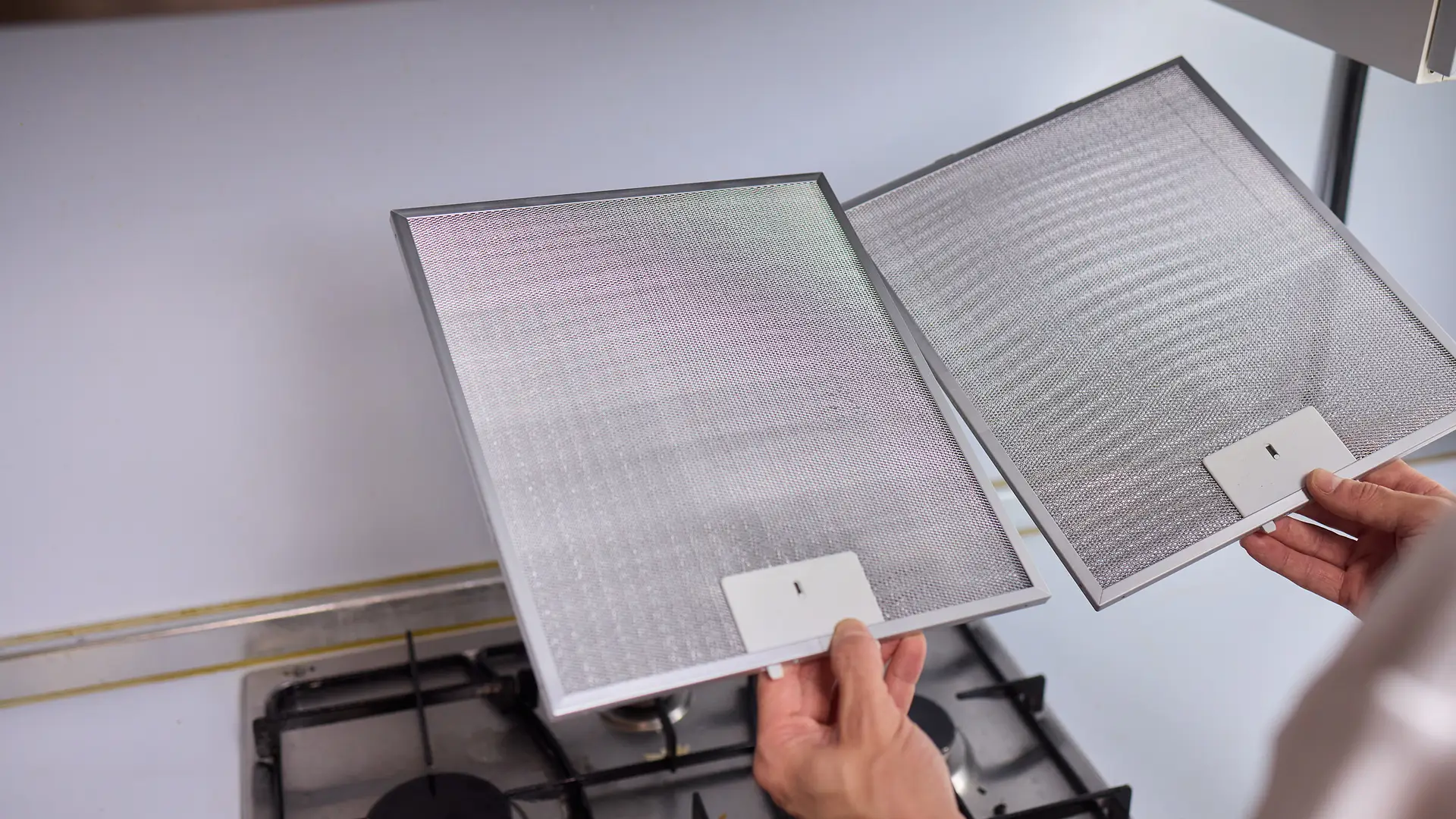
Find out how cooker hoods remove grease from the air and keep your kitchen clean. Learn how to maximise efficiency...